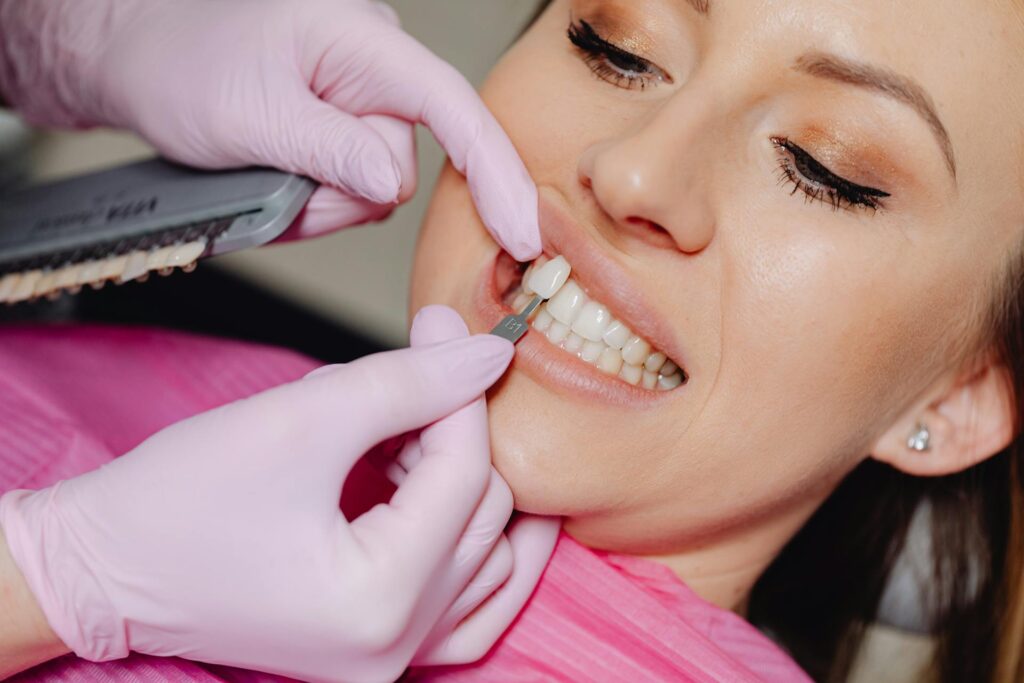
If you are contemplating veneers to improve your smile but are uncertain whether they can be applied to just one tooth or if they must be done in sets, you’re not alone.
This article will provide you with comprehensive information on the question, “Can veneers be used for one tooth or must they be applied in sets?“, including the application process, the benefits and risks associated with treating a single tooth, and the advantages of applying them in sets.
Additionally, we will explore alternatives to veneers and offer guidance on how to determine if they are the right choice for you.
Take a moment to delve into this information and discover the best options for achieving that perfect smile.
What Are Veneers?
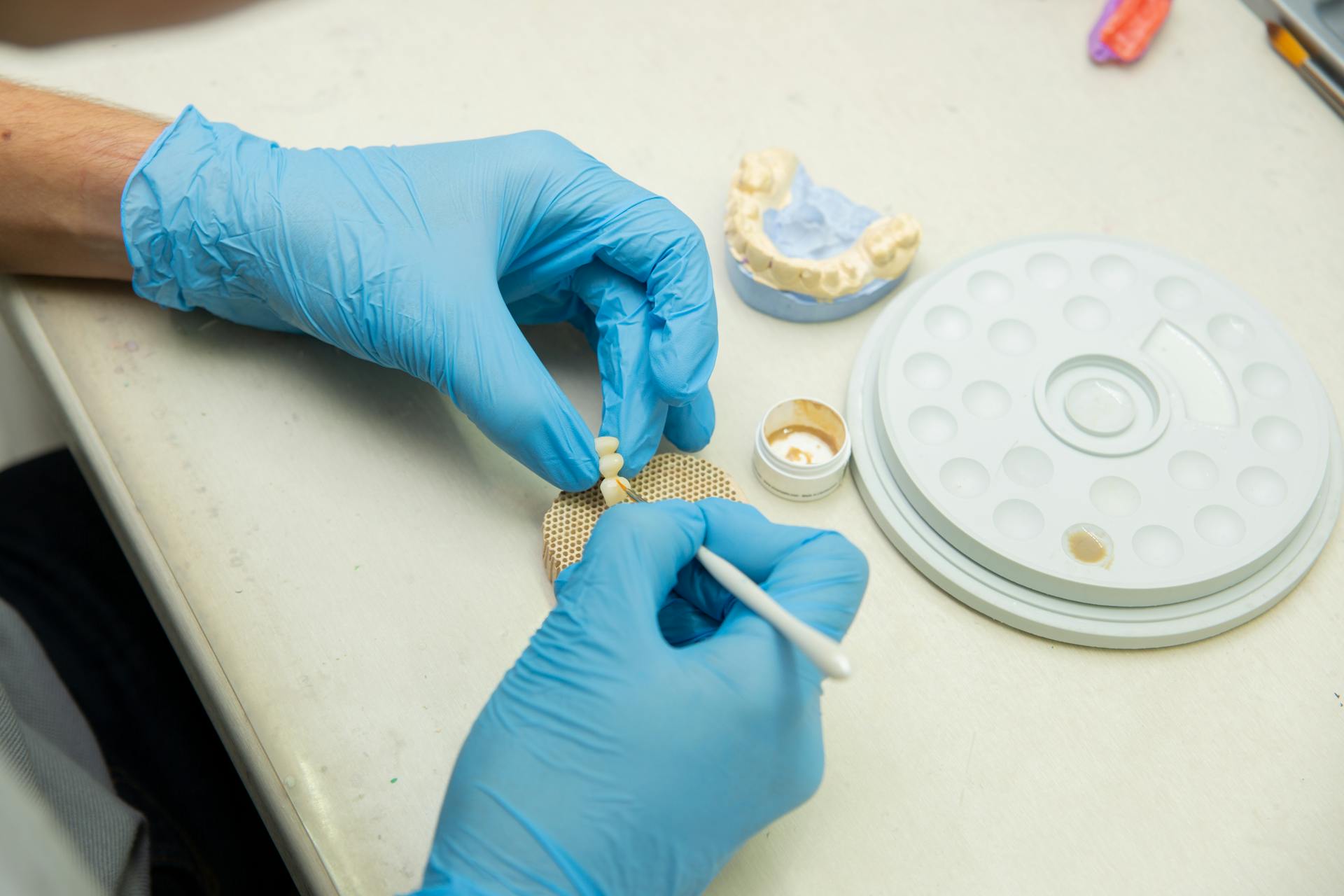
Veneers have become a widely sought-after cosmetic dentistry solution for those looking to enhance the appearance of their teeth. These thin shells, crafted from either porcelain or composite materials, are custom-designed and bonded to the front surface of the teeth.
They play a pivotal role in a full smile makeover, effectively addressing various cosmetic issues such as tooth discolouration, gaps, and irregular shapes to create a harmonious and aesthetically pleasing smile. What makes veneers particularly appealing is their ability to dramatically transform one’s dental aesthetics while preserving the underlying tooth structure and health.
This versatility and transformative capability make veneers a popular choice among modern dental treatment options.
How Are Veneers Applied?
The process of applying veneers consists of several dental procedures designed to achieve a precise fit and optimal results. It usually begins with a comprehensive dental analysis and consultation at the practice, where the dentist evaluates the patient’s teeth and discusses their aspirations for smile enhancement.
After this initial assessment, there may be a need for minor adjustments to the tooth structure to properly accommodate the veneer. The dentist will then take detailed dental impressions, which will serve as a guide for the custom fabrication of the veneers, ensuring they align perfectly and enhance the patient’s smile.
Can Veneers Be Used for One Tooth?
Veneers can indeed be used for a single tooth, making them a flexible choice in tooth restoration. Whether one is addressing a cosmetic issue such as discolouration or repairing damage, a single tooth veneer can offer a seamless solution that improves both appearance and functionality.
This focused approach allows patients to achieve their desired smile without resorting to more invasive treatments, making it an excellent option for those seeking to correct cosmetic imperfections in a specific area.
What Are the Benefits of Using Veneers for One Tooth?
Using veneers for a single tooth presents numerous advantages that can significantly enhance both appearance and confidence.
One of the primary benefits is the aesthetic improvement a veneer can provide; it effectively masks imperfections such as discolouration or chips while ensuring a natural look that blends seamlessly with the surrounding teeth. Many patients express high levels of satisfaction with the results, often discovering a newfound self-esteem and a greater willingness to smile freely.
This transformation not only elevates their smile but also fosters a positive shift in social interactions and overall well-being.
With the advancements in technology, single tooth veneers can be customised to match the exact shade and shape of natural teeth, ensuring a perfect fit. Patients also appreciate how these restorations can correct issues like misalignment, giving them a more harmonious smile.
By opting to enhance their dental aesthetics, individuals frequently feel give the power toed, leading to increased confidence in both personal and professional settings.
Ultimately, the positive dental outcomes associated with single tooth veneers extend beyond mere appearance, nurturing a renewed sense of self-comfort.
What Are the Risks of Using Veneers for One Tooth?
While veneers for a single tooth can produce remarkable results, it is important to consider the potential risks associated with this cosmetic procedure. Some patients may experience tooth sensitivity after the application of the veneer, especially if the tooth structure has been significantly altered.
Additionally, there could be complications related to the fitting or longevity of the veneer, making it essential for patients to undergo comprehensive dental evaluations prior to the procedure.
These evaluations enable dentists to assess the overall health of the tooth and the surrounding gum tissue, ensuring that any underlying issues are addressed beforehand. Patients should also be aware that improper placement of the veneer can lead to further complications, including discomfort or even damage to the natural tooth.
Having an open discussion with a dentist about any concerns regarding veneer complications is crucial. By understanding these risks, patients can achieve better outcomes and greater satisfaction with the cosmetic results.
Must Veneers Be Applied in Sets?
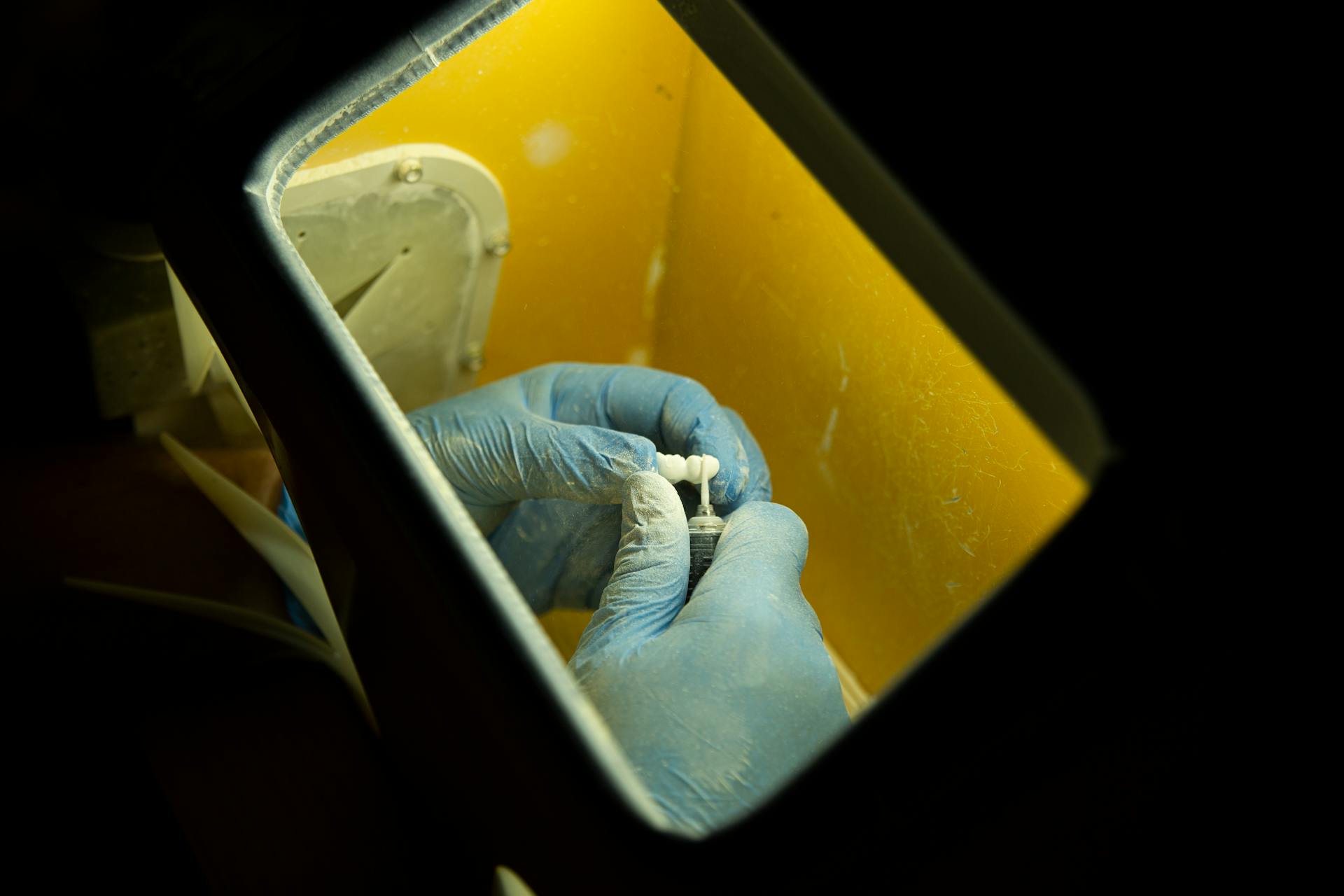
Veneers do not always need to be applied as a complete set, although many patients choose to have multiple veneers for a more extensive smile makeover.
By applying veneers to several teeth, individuals can enhance the overall symmetry of their smile and address concerns such as misalignment and bite correction. This method results in a more uniform appearance, improving dental aesthetics and enabling patients to enjoy a balanced and attractive smile.
What Are the Benefits of Applying Veneers in Sets?
Applying veneers in sets offers several significant benefits that enhance both the smile and overall aesthetic appeal. This approach allows for the customisation of veneers to perfectly match the colour and shape of each tooth, resulting in a harmonious look that can markedly transform a patient’s smile.
Additionally, opting for a complete set of veneers can lead to greater patient comfort by minimising the need for multiple visits and procedures, thus streamlining the treatment experience.
When individuals choose to have veneers applied in sets, they can achieve a more cohesive and natural appearance. Each veneer is carefully crafted to work in harmony with the others, allowing for the fine-tuning of details that might be more challenging to achieve when applying veneers individually. This ensures a seamless blend with their natural teeth.
The aesthetic improvements gained from using a complete set of veneers are substantial, effectively addressing concerns such as gaps, discolouration, and irregular shapes. Patients considering this option will discover that it not only elevates their smile but also boosts their confidence, ultimately transforming their personal and social interactions.
What Are the Risks of Applying Veneers in Sets?
While applying veneers in sets comes with significant benefits, it is important for patients to be aware of the associated risks. One potential concern is that complications may arise if the application process is not carried out properly. This highlights the necessity of undergoing thorough dental evaluations prior to the procedure and maintaining good oral hygiene to ensure the longevity of the veneers.
Poorly planned procedures can lead to issues such as misalignment, chips, or even loosening of the veneers over time. Patients may also experience sensitivity or discomfort after the application, which can further complicate their overall dental health.
Therefore, having detailed consultations with dental professionals is essential. These experts can offer personalised guidance, helping individuals understand the intricacies of aftercare and the importance of consistent oral hygiene practices.
With well-considered choices and appropriate care, the risks associated with veneers can be significantly reduced, resulting in a more satisfying and durable outcome.
What Are the Alternatives to Veneers for One Tooth?
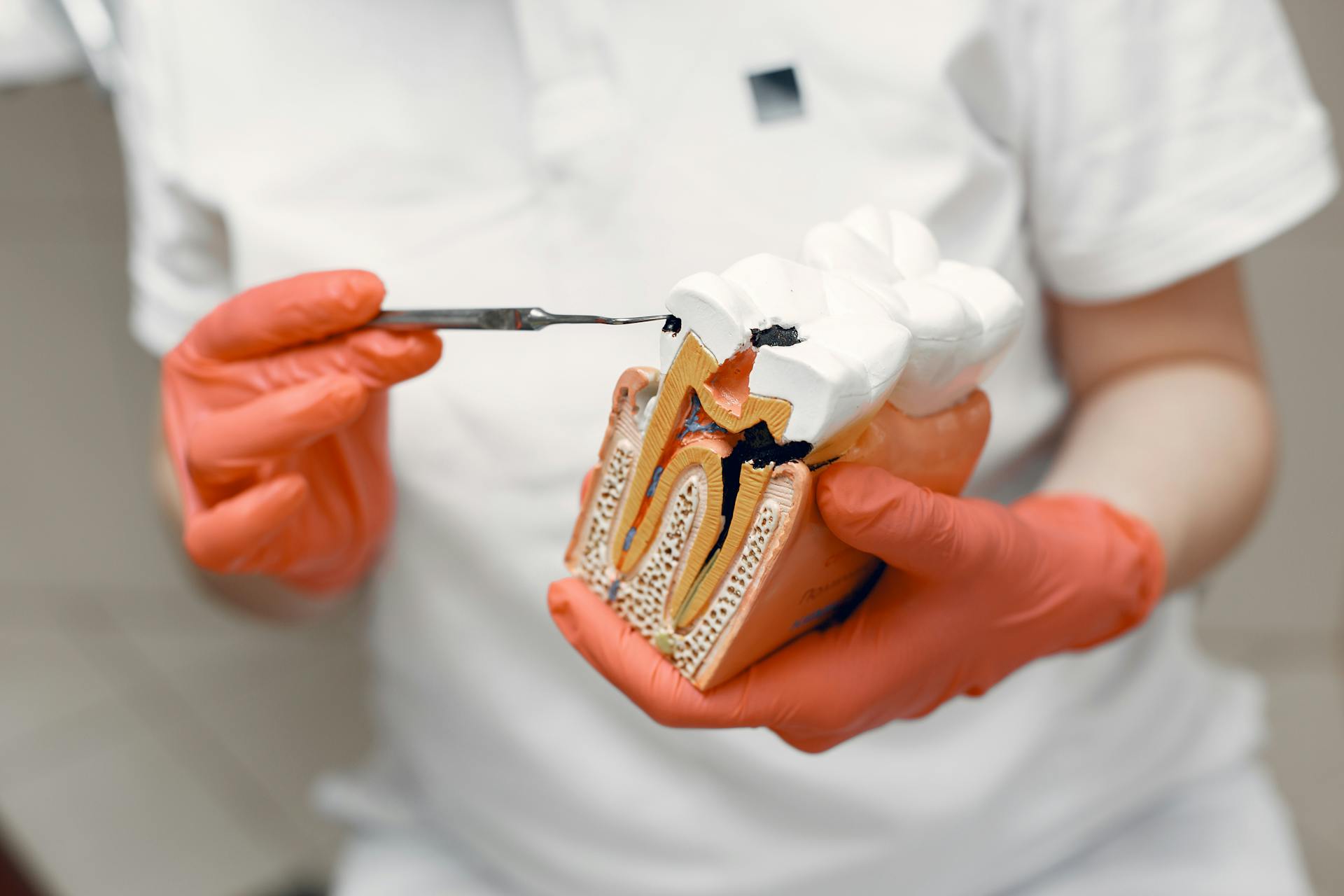
When veneers may not be the ideal choice for a single tooth, there are several alternatives available that can effectively address cosmetic imperfections or damage.
For instance, dental bonding can serve as a quick and cost-effective method to restore the appearance of a tooth. On the other hand, dental crowns offer more extensive coverage for teeth that are severely damaged.
Furthermore, orthodontic treatments can help correct alignment issues, ensuring that the single tooth blends seamlessly with the surrounding teeth.
1. Dental Bonding
Dental bonding is a widely recognised and effective cosmetic procedure designed to repair and enhance the appearance of a single tooth. This technique involves applying a tooth-coloured resin with bonding agents, which fills in chips, cracks, and gaps while restoring the tooth’s natural shape and colour.
The process is relatively straightforward and can often be completed in just one visit to the dentist. Initially, the affected area is cleaned and prepared to ensure that the resin adheres properly.
One of the significant benefits of dental bonding is that it provides a quicker solution compared to veneers, which usually require multiple appointments and the removal of some tooth structure. Additionally, dental bonding is cost-effective, making it an accessible option for patients looking to improve their aesthetics.
This technique is particularly ideal for addressing minor imperfections, such as worn edges or discoloured teeth, allowing individuals to revitalise their smile without resorting to more invasive procedures.
2. Dental Implants
Dental implants serve as a permanent solution for replacing a missing tooth, presenting a robust alternative to veneers for individuals experiencing tooth loss. This procedure involves the insertion of a titanium post into the jawbone, which acts as a root for a crown. This effectively closes gaps while restoring both function and aesthetics.
In contrast to veneers, which primarily focus on addressing superficial imperfections in the teeth, dental implants provide a more comprehensive approach to dental restoration by integrating with the bone structure. This integration not only enhances stability but also supports bone health, preventing further deterioration that can occur following tooth loss.
A highly skilled dental technician is essential in creating the custom crowns that will rest on the implants, ensuring that they match the patient’s existing teeth in both colour and shape.
Furthermore, dental implants contribute to improved oral hygiene and comfort, making them a preferred option for those in search of a long-lasting solution to gaps in their smile.
3. Dental Crowns
Dental crowns serve as a durable alternative to veneers, particularly for teeth that are severely damaged or compromised. Unlike veneers, which primarily cover the front surface of a tooth, crowns encase the entire tooth. This provides significant protection and strength while also enhancing the tooth’s appearance.
This comprehensive coverage makes crowns an excellent choice for individuals who have faced extensive decay, cracks, or erosion of the tooth structure. On the other hand, veneers are typically used for cosmetic purposes, such as correcting minor imperfections like chips or discolouration.
For individuals dealing with issues such as having undergone root canal treatment or experiencing substantial wear, a crown offers solid reinforcement that safeguards against further damage and ensures longevity. Additionally, crowns can enhance the overall function of the bite, making them a practical option for restoring not only aesthetics but also health.
Understanding these distinctions is essential for anyone contemplating tooth repair solutions.
4. Orthodontic Treatment
Orthodontic treatment is an excellent choice for those looking to improve tooth alignment and correct their bite, often eliminating the need for veneers altogether. With the use of braces or clear aligners, orthodontics can address cosmetic imperfections while also enhancing overall dental health and function, resulting in a more appealing smile design.
This treatment not only focuses on repositioning the teeth into a more harmonious alignment but also plays a crucial role in improving jaw function and reducing the risk of future dental problems. Many patients have reported increased comfort during orthodontic procedures, particularly with modern techniques that emphasise a gentler approach.
Moreover, the long-term benefits of orthodontic treatment, such as improved oral hygiene and reduced wear on teeth, highlight its advantages over veneers. While veneers primarily serve an aesthetic purpose, they do not enhance dental function in the same way that orthodontics does.
How to Decide if Veneers Are the Right Choice for One Tooth?
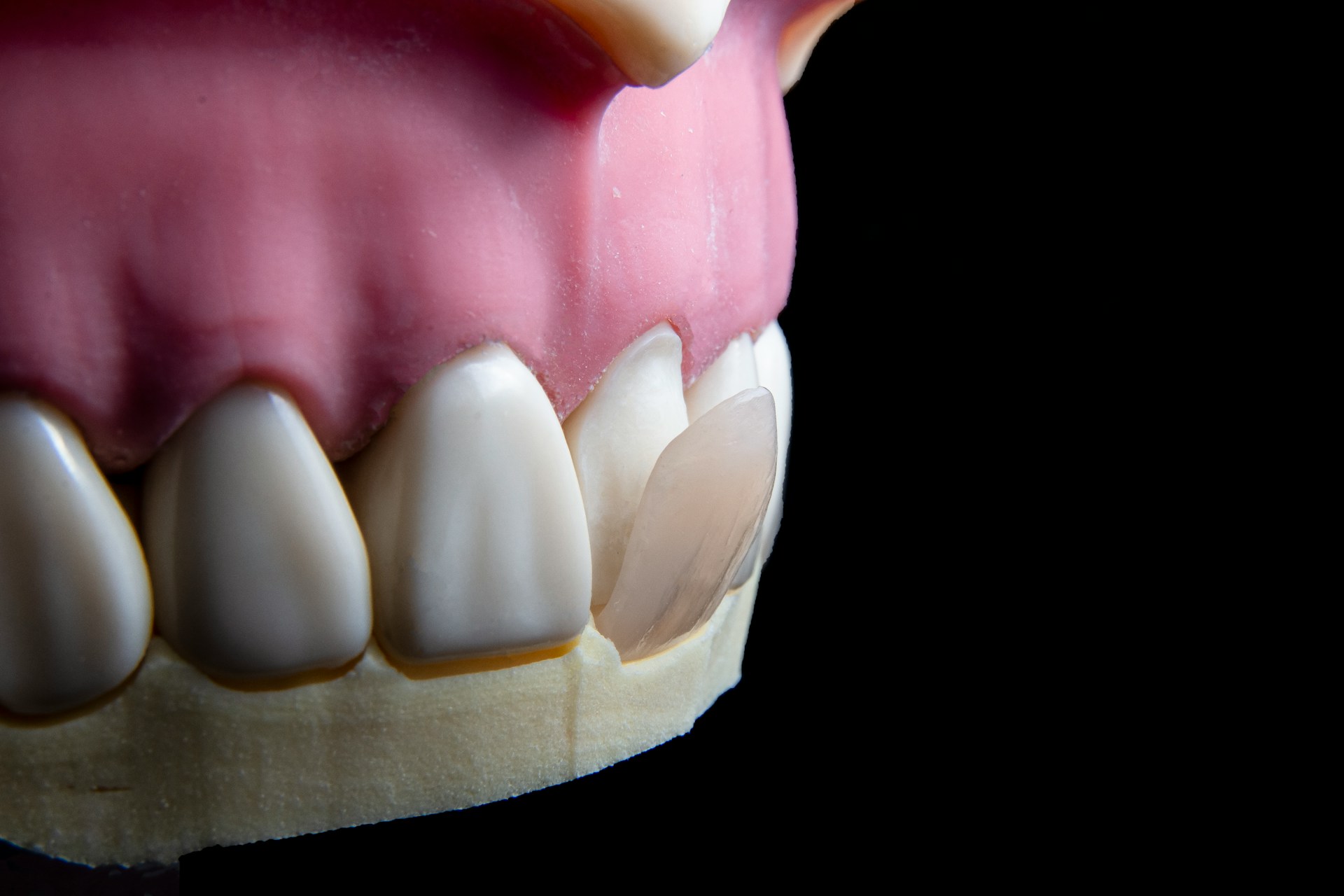
Determining whether veneers are the appropriate choice for a single tooth requires thoughtful consideration and an in-depth consultation with a qualified dentist.
In this process, the dentist will conduct a comprehensive dental analysis to assess your individual needs and discuss the different treatment options available. This includes exploring the advantages and disadvantages of veneers in comparison to other alternatives.
Together, you and the dentist can create a customised treatment plan that aligns with both your aesthetic aspirations and dental health requirements.
What Factors Should Be Considered?
There are several important factors to consider before choosing veneers, as these elements significantly affect both the longevity of the veneers and overall satisfaction with the results.
Patients should take time to evaluate their overall dental health, the extent of any cosmetic imperfections, their personal comfort level with the procedure, and their commitment to long-term maintenance. All of this ensures that the veneers can effectively enhance their smiles.
Specifically, individuals should assess their current oral hygiene practices, as a healthy foundation is essential for the success of any cosmetic dental procedure.
The nature of the cosmetic issues—whether they involve discolouration, misalignment, or spacing problems—will also influence the choice of materials and treatment approaches.
It is also important to consider comfort levels during the procedure and the adjustment period afterwards, as some individuals may experience sensitivity following placement.
Understanding the maintenance required to keep the veneers in good condition is crucial; regular dental check-ups and avoiding harmful habits will significantly contribute to the durability and appearance of the veneers over time.
What Questions Should Be Asked to the Dentist?
When considering veneers, it is important for patients to come prepared with various questions to ensure they have a clear understanding of the procedure and its implications. Key inquiries should focus on the dentist’s experience, the types of veneers available, their expected lifespan, and maintenance recommendations. This will help patients make informed decisions regarding their treatment options.
Additionally, it would be wise to ask about any potential risks and side effects associated with veneers, as well as the recovery timeline following the procedure. Patients might also want to explore financing options and whether their insurance will cover the cost of the veneers.
Gaining a clear understanding of the step-by-step process involved in applying the veneers can help ease any anxiety. Encouraging an open and thorough dialogue allows individuals to gather essential insights that are crucial for assessing their suitability for this cosmetic enhancement.
Frequently Asked Questions
Can Veneers Be Used for One Tooth?
Yes, veneers can be used for one tooth. They are commonly used to fix a single discolored or chipped tooth.
Can Veneers Be Used for Multiple Teeth?
Yes, veneers can be used for multiple teeth. They are often used to improve the appearance of several teeth for a more uniform smile.
Must Veneers Be Applied in Sets?
No, veneers do not have to be applied in sets. They can be applied to one tooth or multiple teeth as needed to achieve the desired results.
Are Veneers Permanent?
Veneers are not permanent, but they can last for many years with proper care. On average, veneers last between 10-15 years before needing to be replaced.
How Are Veneers Applied?
Veneers are applied in a multi-step process that typically involves preparing the tooth, taking impressions, and then bonding the veneer to the tooth using a special dental adhesive.
What Are the Benefits of Using Veneers for One Tooth?
Using veneers for one tooth can provide a number of benefits, including improving the appearance of a damaged or discolored tooth, protecting the tooth from further damage, and creating a more symmetrical and attractive smile.






